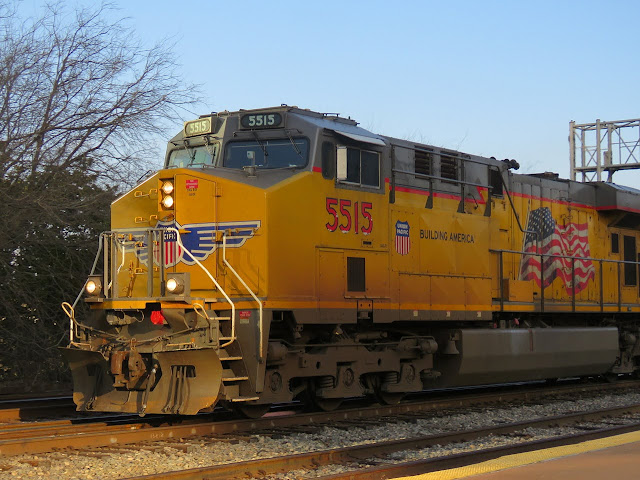I'll kick things off with a "best of" compilation of video taken out of the right hand side window of Lackawanna MU car #308, 4 cars back behind Reading and Northern #2102 and #425. The video clips include:
- Departure from North Reading Yard past the NRFF painted SD50 protect engines and railfan viewing platform at Tuckahoe Road.
- Arrival at and departure from Port Clinton including both PULPIT and CLINT controlled points.
- Passage through New Ringgold, PA.
- Passage through South Tamaqua and the south end of the Tamaqua Yard.
- Passage through the north end of Tanaqua Yard and downtown Tamaqua, PA.
- Passage through East Mahanoy Jct
- Passage through Nesquehoning, PA.
- Arrival at CNJ Mach Chunk (Jim Thorpe) station.
- Climbing out of the Lehigh Valley on the former CNJ Nesquehoning Branch.
As you can see the number of chasers was absolutely insane with all of the associated car pacing and stepladders.
Here we see Reading and Northern T-1 #2102 and Pacific #425 reverse the long August 13th Iron Horse Ramble train after discharging passengers at the Jim Thorpe Station for a 4 hour intermission between the outbound and return legs of the excursion. The 18 car trainset would be turned on the wye formed by the recently constructed bridge over the Lehigh River allowing a direct connection between the former CNJ Nesquehoning Branch and the former Conrail Lehigh Line.
Reading and Northern T-1 #2102 and Pacific #425 move from their cab tour positions just north of the Jim Thorpe station to be recouped to the August 13th Iron Horse Ramble train that had been parked to the south of the station just prior to the photo run-by. The cab tours were part of the activities available during the 4 hour intermission.
Here Reading and Northern T-1 #2102 and Pacific #425 perform the requisite photo run-by at the former CNJ Mach Chunk passenger station at the conclusion of the intermission.
The first GoPro video covers the return portion of the ride between the famous Hometown Viaduct and the Milepost 102 intermediate signal. As with the previous side window videos the camera was held outside of the #308 Lackawanna MU, 4 cars back from the locomotive on the right hand side. This video includes views into the Little Schuylkill River valley some 130 feet below Hometown Viaduct and the interlockings at HAUCKS and EAST MAHANOY JCT. The RBMN signal department made use of period correct searchlight and color light signals on what was the first segment of restored CTC signaling between North Reading and Jim Thorpe Jct.
The second GoPro video covers the action from just before the Tamaqua Tunnel, through downtown Tamaqua and through South Tamaqua Yard to the curve at the coal yard. Note the milepost 99 searchlit intermediate signal as well as TAMAQUA and EQUILATERAL interlockings.
The third GoPro video video captures the route from the photogenic S-curve at Copperhead Chemical in Atlas through the town of New Ringgold to the Milepost 87 intermediate signal. New Ringgold was a popular photo location for train chasers as PA state highway 895 provided a straight shot to catch the train again near Molino.
The final GoPro video begins right before the small town of Drehersville and continued through Molino to the RBMN steam servicing facility at Port Clinton where #2101 and #425 were pulled off to be wyed. Note the monster photo line set up on a small farm road a bit before passing the surviving Reading Railroad passenger shelter at Molino.
Well I hope you enjoyed all of the photos and videos from this trip. Next time I'll be back with coverage of SEPTA's opening day service to the new Wawa, PA station.




















































